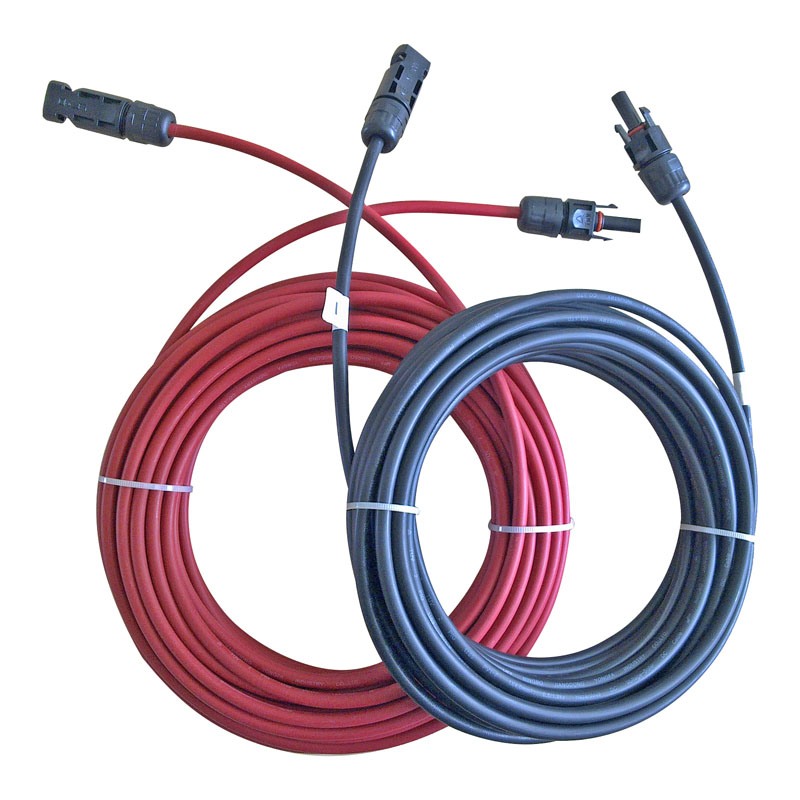Solar Panel Extension Cable: Enhancing Flexibility in Solar Power Systems
2025-05-21
As solar power becomes increasingly popular for residential, commercial, and off-grid applications, the need for flexible and reliable components is essential. One such component is the Solar Panel Extension Cable, a crucial accessory that allows users to connect solar panels over longer distances without compromising performance.

What Is a Solar Panel Extension Cable?
A Solar Panel Extension Cable is a specially designed cable that extends the connection between solar panels and other system components, such as charge controllers, inverters, or batteries. These cables are engineered to handle high currents and withstand harsh outdoor conditions, ensuring safe and efficient power transmission.
Key Features of Solar Panel Extension Cables
Weather-Resistant Insulation: Typically made with UV-resistant, waterproof materials to endure exposure to sunlight, rain, and temperature fluctuations.
High-Quality Conductors: Usually made from pure copper or tinned copper for excellent conductivity and minimal power loss.
Standard Connectors: Often equipped with MC4 or compatible connectors for secure, tool-free connections to solar panels and devices.
Varied Lengths: Available in multiple lengths to fit different installation layouts, from short rooftop setups to larger ground-mounted systems.
Why Use Solar Panel Extension Cables?
Flexibility in Installation: Extension cables allow panels to be spaced apart or installed in hard-to-reach places without relocating inverters or batteries.
Reduced Power Loss: Properly sized and insulated cables minimize voltage drop over distance, maintaining system efficiency.
Safety: Designed to handle the voltage and current specific to solar systems, preventing overheating and electrical hazards.
Easy Maintenance: Standardized connectors make it simple to replace or rearrange components as needed.
Applications
Residential Solar Systems: Connecting rooftop panels to home inverters or battery banks located indoors or in utility closets.
Commercial Solar Installations: Linking multiple solar arrays spread across large rooftops or fields.
Off-Grid and Mobile Solar: Extending cables for RVs, boats, or remote cabins where solar panels need to be separated from energy storage systems.
Installation Tips
1. Choose the Correct Cable Gauge: Ensure the cable thickness matches the system’s current to avoid overheating and voltage loss.
2. Measure Distance Accurately: Account for cable routing paths, including bends and elevation changes.
3. Use Compatible Connectors: Verify connectors fit your solar panels and system components to ensure secure connections.
4. Protect Cables from Damage: Avoid sharp edges, excessive bending, or areas prone to mechanical wear.
Conclusion
A Solar Panel Extension Cable is a vital component that offers flexibility, safety, and reliability in solar power system installations. By enabling longer and safer connections between solar panels and system components, extension cables help optimize energy capture and overall system performance. Whether for residential, commercial, or off-grid use, choosing the right extension cable is essential for maximizing the benefits of solar energy.


